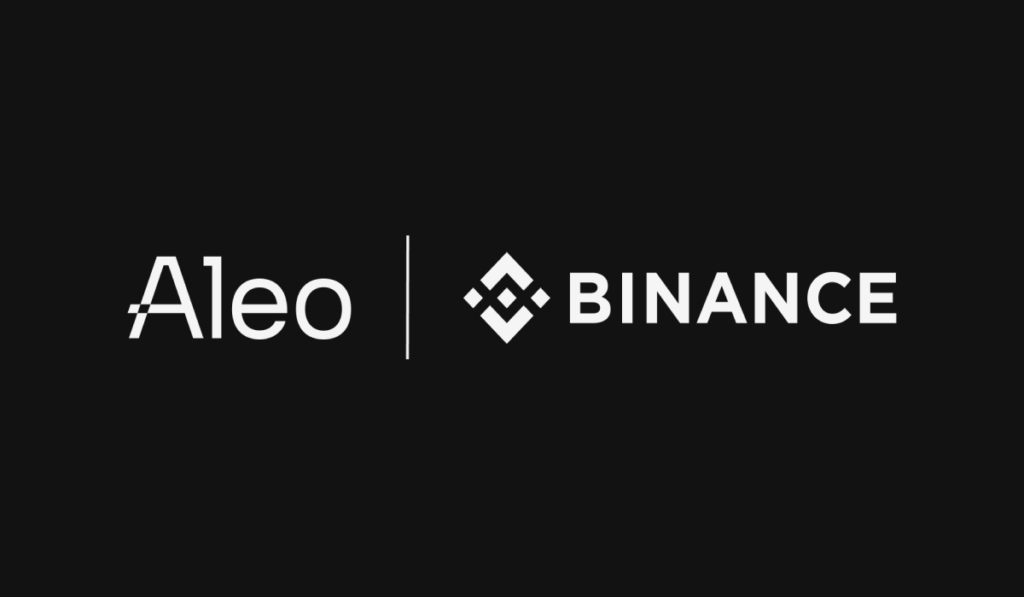Key Takeaway
- Cross-margin offers traders an alternative trading advantage by allowing traders to take a loan from a broker or exchange they trade on, to add up their funds to trade.
- Unlike cross-margin, isolated margin enables traders to borrow funds from a specific asset that is isolated from other trading positions to manage trading risk.
- In margin trading, the broker or trading platform charges a direct interest rate based on the funded amount.
- Isolated margin enables traders to only allocate a specific portion of assets to get back in a single trade.
With the birth of cryptocurrency and the underlying blockchain technology that powers it, the “money” revolution from paper to paperless has swiftly advanced how trading is executed.
Unlike how barter trading was immensely performed some years ago between two parties traditionally, the advent of digital currencies seems to have taken the trading marathon by introducing a more lucrative means to trade.
Apart from physically exchanging goods and services among people, cross-margin trading, isolated margin trading, derivative trading, spot trading, peer-to-peer (P2) trading, futures trading, and perpetual trading are just a few of the examples of trading methods that cryptocurrency has introduced into the fintech space.
Before I proceed to explain to you what cross-margin and isolated margin are, let me quickly give you a detailed and tailored overview of what margin trading is and how it’s traded to prepare you for the topic “Cross Margin and Isolated Margin in Crypto Trading: What Is the Difference?”
Margin Trading Overview: What It Means and How It Works?
Simply put, crypto margin trading is a financial trading instrument in the crypto market. It enables traders or investors to borrow money to top up the amount they have to purchase a stock to trade more than what their current funds permit them to purchase. The money is usually borrowed from a broker or an exchange that provides such a trading methodology for its users.
Stockholders as well as traders find it much more advantageous over other existing trading techniques in the market in the sense that it helps them open a larger position to maximize return on investment (ROI). To successfully avail a margin, traders place a request with the broker to open a Margin Trading Facility (MTF) account on the platform.
Here, the broker automatically goes all out, specifying the minimum balance the account should have and the amount needed to maintain it, called the minimum margin. What is more, before executing a trade, traders are usually obliged to deposit a percentage of the total to be traded, and the amount remaining is eventually funded by the broker or the crypto exchange itself.
In the course of funding the trader’s account by the broker, the trading platform charges a direct interest rate based on the funded amount.
How does margin trading work?
After the Margin Trading Facility (MTF) account gets opened, the broker usually disburses funds to it to be used by the trader. The funds are always a loan leverage against the collateral of cash (minimum margin).
Without further ado, let me proceed to explain what a cross-margin is.
Cross-margin is another form of cryptocurrency trading risk strategy. With cross-margin, traders specifically use their entire account balances as collateral to sustain and maintain their open position while trading. In fact, pledging all the account balance implies that the trader’s account balance is at risk and that it’s always ready to cover up any potential trading losses that may occur in the process of trading.
Additionally, the cross-margin trading mechanism is used by traders to obtain more substantial or higher leverage to allow them to open a larger position with less capital. This category of trading crypto carries a greater risk, but it prevents the liquidation of traders’ positions.
To avoid potential losses, traders prioritize what is called a “margin call” to mitigate risk, carefully monitor their open positions, and implement a technique called “stop-loss” orders. When it comes to trading cryptocurrency, seasoned traders flock to using cross-margin as their best trading alternative. But it must be carefully dealt with with a solid risk management plan when you are a crypto nerd.
For example, let’s say that the account of trader A has a threshold amount of 8 XRP. To trade crypto, trader A decided to eventually open a leveraged long position on another cryptocurrency network like Bitcoin (BTC). And later, I opened a short position on the crypto token ZYX by using the cross-margin trading principle.
In this scenario, let’s say the trader opens a position and trades out 4 XRP with a leverage of 2:1. And for token ZYX, the trader trades another 4 XRP, also at 2:1 leverage. In this situation, the trader’s account has been used as collateral for both positions. If the BTC price increases and the token ZYX declines, both positions could be at risk at the same time.
What is an isolated margin?
Isolated margin allows traders to borrow funds from a specific asset that is isolated from other trading positions to manage trading risk. Unlike cross-margin trading, where funds in the trader’s account serve as collateral for all the open positions, isolated margin trading enables traders to only allocate a specific portion of the asset to get back in a single trade.
This means that traders’ risks and rewards associated with isolated margin trading are extremely confined to a particular trade to provide a higher level of control over potential gains and losses in the trading. Traders who engage in high-risk or volatile asset trading strategies choose isolated margin trading.
Truth be told, taking time to understand how isolated margin functions is crucial for effective risk management in crypto trading. Traders are advised to keep an eye open on specific margin levels to prevent the occurrence of automatic liquidation.
To sum it up, an isolated margin is another form of trading in the cryptocurrency market that offers both traders and investors the ability to control risk effectively. While it provides increased risk management, traders should be well-informed and vigilant about monitoring their position requirements.
Closing Thought
Cross-margin allows investors and traders to borrow money to add up what they have to be able to trade higher while isolated margin enables traders to borrow funds from a specific asset that is isolated from other trading positions to manage trading risk. Cross-margin and isolated margin sounds somewhat the same to the ears, but there is vast difference between them. Cross-margin and isolated margin has garnered attention when it comes to cryptocurrency trading. It has become a go-to source for expert traders looking to find lucrative trading alternatives for passive income.
Disclaimer: Any information written in this piece does not constitute investment advice. Optimisus does not, and will not endorse any information about any company or individual on this page. Readers are encouraged to do their own research and base any actions on their own findings, not on any content written in this piece. Optimisus is and will not be responsible for any damage or loss caused directly or indirectly by the use of any content, product, or service mentioned in this piece.



